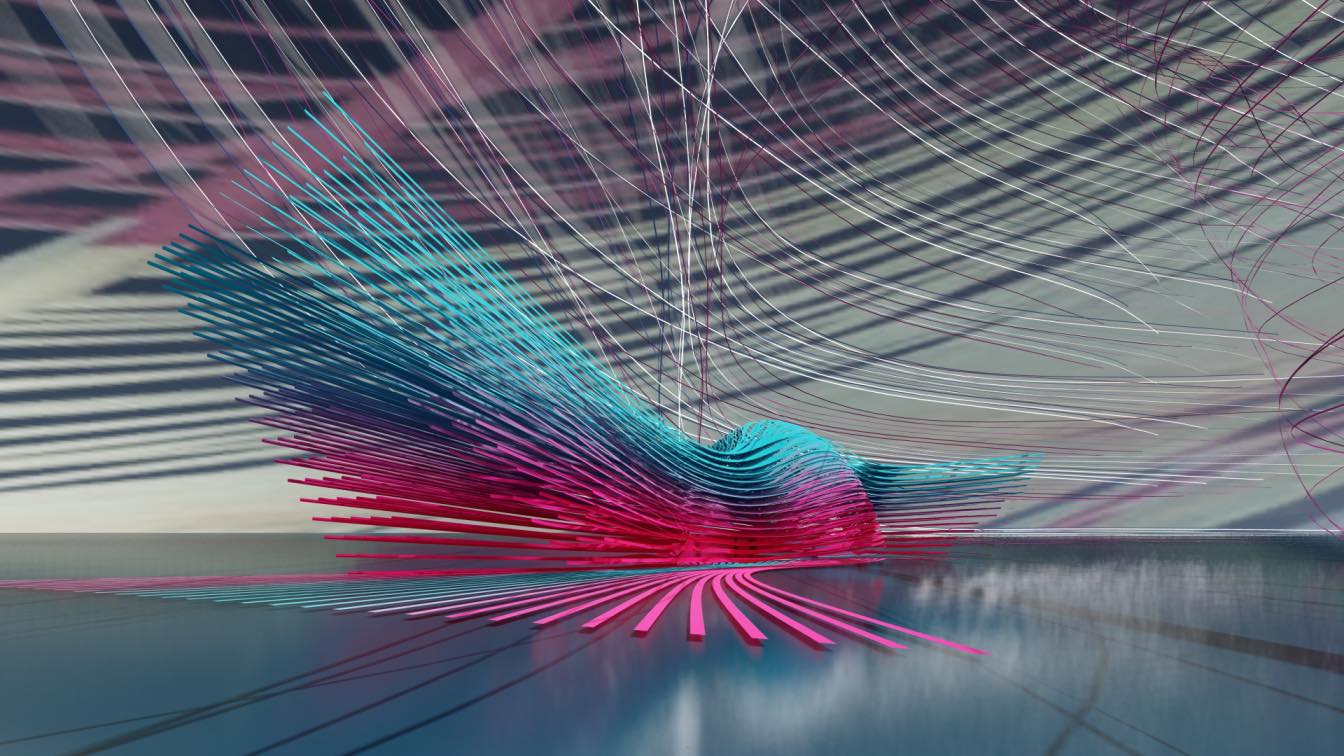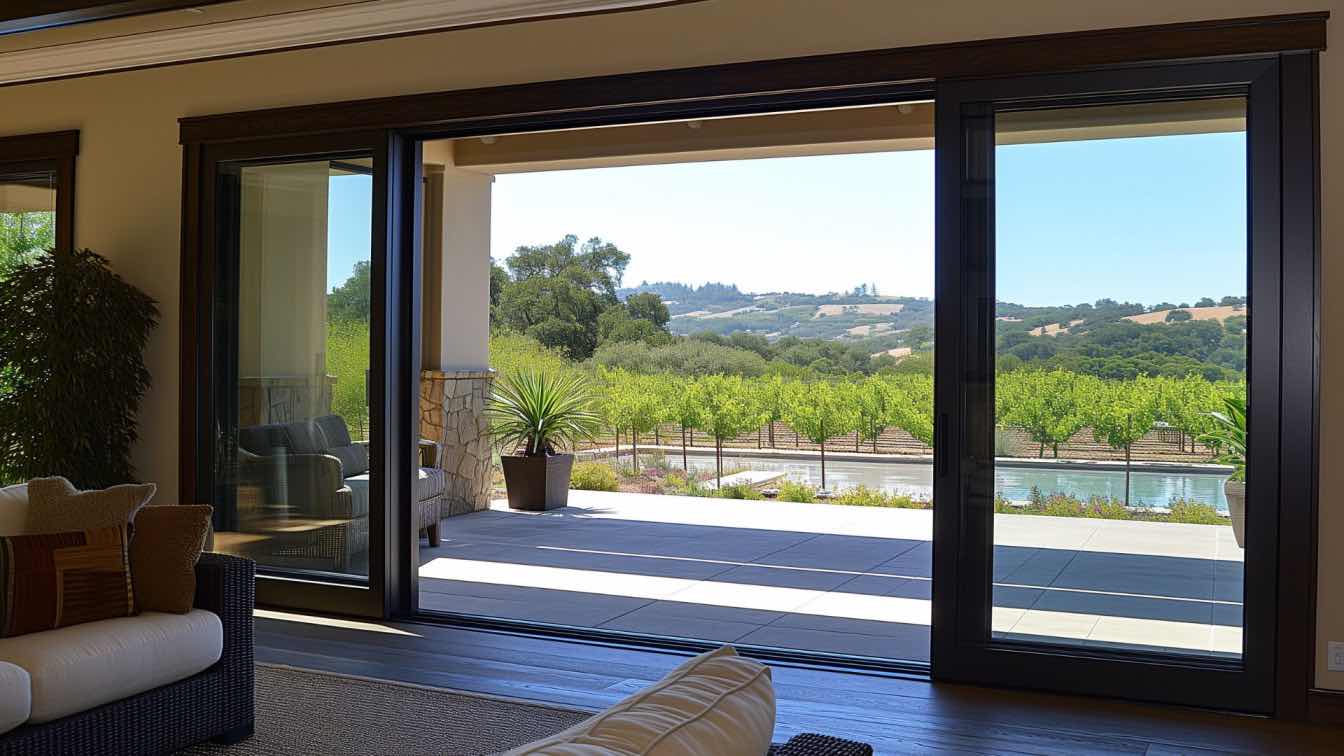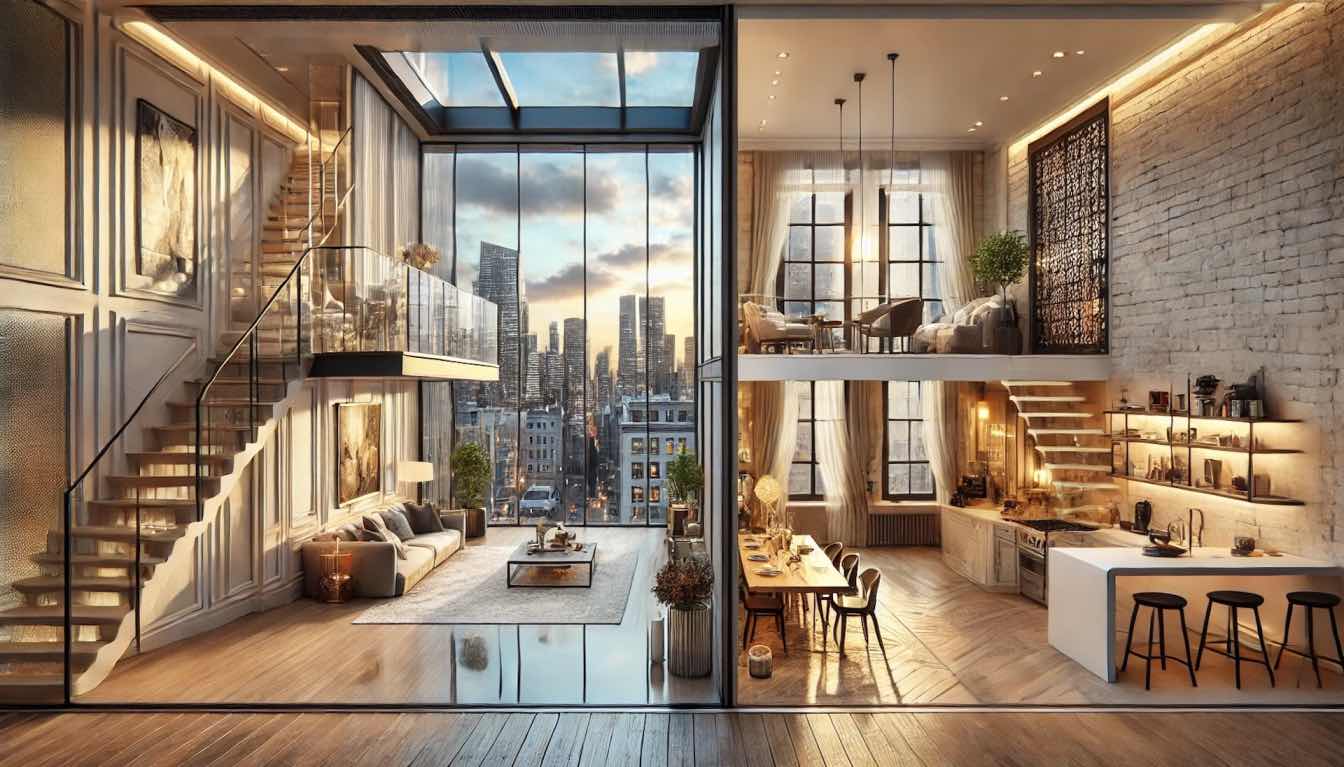The metaverse is undoubtedly the buzzword on the tech scene right now and has managed to become an unavoidable topic in the world of architecture and design. Most often it is considered only from the position of the final product of the architect and the creator. And this is understandable, since the main purpose of the metaverse now is for entertainment. However, no one presents it as a work tool: metaverses have unique features that solve many problems of modern architects. Let's define what such a thing is and then still look on the other side of the metaverse and consider it as an architect's working field.
What is a metaverse?
The easiest way to explain what a metaverse is to compare it with the Internet. The Internet does not belong to anyone. This system covers many processes in our life: how we talk, send messages, order a taxi. The Internet is an incubator of various interconnected technologies, and the metaverse is a new dimension.
Now, when we make a query in a search engine, all the data comes to the phone display or computer screen. But the amount of information we need is constantly growing. How to show it? The answer is simple: it should come out of the internet into our physical space. Virtual reality glasses, mobile phones, or even a home laptop can be the entrance to a three-dimensional world. Our content communication process will no longer be flat. It will become as voluminous as everything around. This is a very organic continuation of how we handle digital reality.

Metaverse Capabilities for the architect
White sheet
For architects and designers, the Metaverse is an empty territory, full of possibilities and devoid of the limitations of the physical world. Therefore, it can serve as a platform for dispersing your own creativity and subsequently creating real projects, both offline and online. A museum on the moon, the construction of an auction house in the desert, re-inventing known spaces and visualizing them in forms that are impossible in reality - all this becomes possible in the metaverse. Creating such projects, it begins to seem that the metaverse is everywhere and very soon it will take over the physical world completely. "The metaverse will become a kind of three-dimensional continuation of the Internet, a new dimension for sites, accounts, presentations, meetings, concerts, training classes, purchases and many other applications that we have yet to discover," Alex Smaga, CEO of Arhead,
A field for joint creativity
This new technology allows you to meet with a client inside a proposed or existing building in the metaverse and change the design in real time. In addition, here the metaverse becomes an architectural Discord: a place where all project participants can gather to work together, add their own metaverse blocks, test it and make joint edits.
Also, the metaverse becomes a testing ground for the architect. A new gamification mechanism, avatar or dynamic object for a space that has never been used before in projects have an ideal opportunity to be tested on a “draft” before demonstrating it in the client's metaverse.

Model storage for the following projects
The metaverse is a closet of ideas that architects return from time to time to use for their next projects. They can create unique projects and digital assets, such as cities, buildings, furniture, sculptures, point clouds, textures, etc., and repeatedly sell it to virtual worlds, games and movies. Yes, it is impossible to use the same figures in different projects, especially if they are one of the key elements of the space, but using a model of an object as a basis is like reusing a hinged doll to create a unique image of a person.
Building a new business model
With the advent of the Metaverse, architects and designers have the opportunity to reinvent the business model. Instead of providing one-to-one services, they could provide products, services, and solutions that can be reused and can benefit millions of users, not just one client. That is, the idea of creating a “Tilde for creators” is traced here, a metaverse constructor with which anyone who needs a virtual world can build their own using yours as an architect of pre-created models. After all, three components are necessary for the existence of a metaverse. The first is the world, the context, the three-dimensional space. The second is the avatar. And the third is content that can be located inside the space and with which the avatar can interact. "Just like an architect in the physical world, an architect in the metaverse will be able to influence the feelings of a whole group of people inside space. The stage of mimicry for the physical world should quickly pass or occupy a small part in the architecture of the metaverses, since the challenge consists in new materials, tools and the absence of the most of the limitations of the physical world," – says Alex Smaga.

Architect's Portfolio
Since the metaverse can take different forms, in the case of an architect, it can become his portfolio: a sculpture gallery with avatars, an expo with different spaces where a potential client can move from one to another. Here, the metaverse can become an excellent gathering place for completed projects, to each of which you can add a general description of the project due to gamified mechanics. The CV of such an architect will definitely be remembered for a long time!
The metaverse (or any other synonymous term) is without a doubt the next significant stage in the development of human communication and information, in which the entire data flow smoothly transitions from the plane of the gadget to the plane of the space around. And flat two-dimensional media are finally becoming three-dimensional interactive, which align the physical and digital, connect online and offline, improve a person and the experience he receives in the world. The volume of all this information is added by architects, for whom this information subsequently becomes not only the end result, but also a tool that can be used when creating the following projects.








